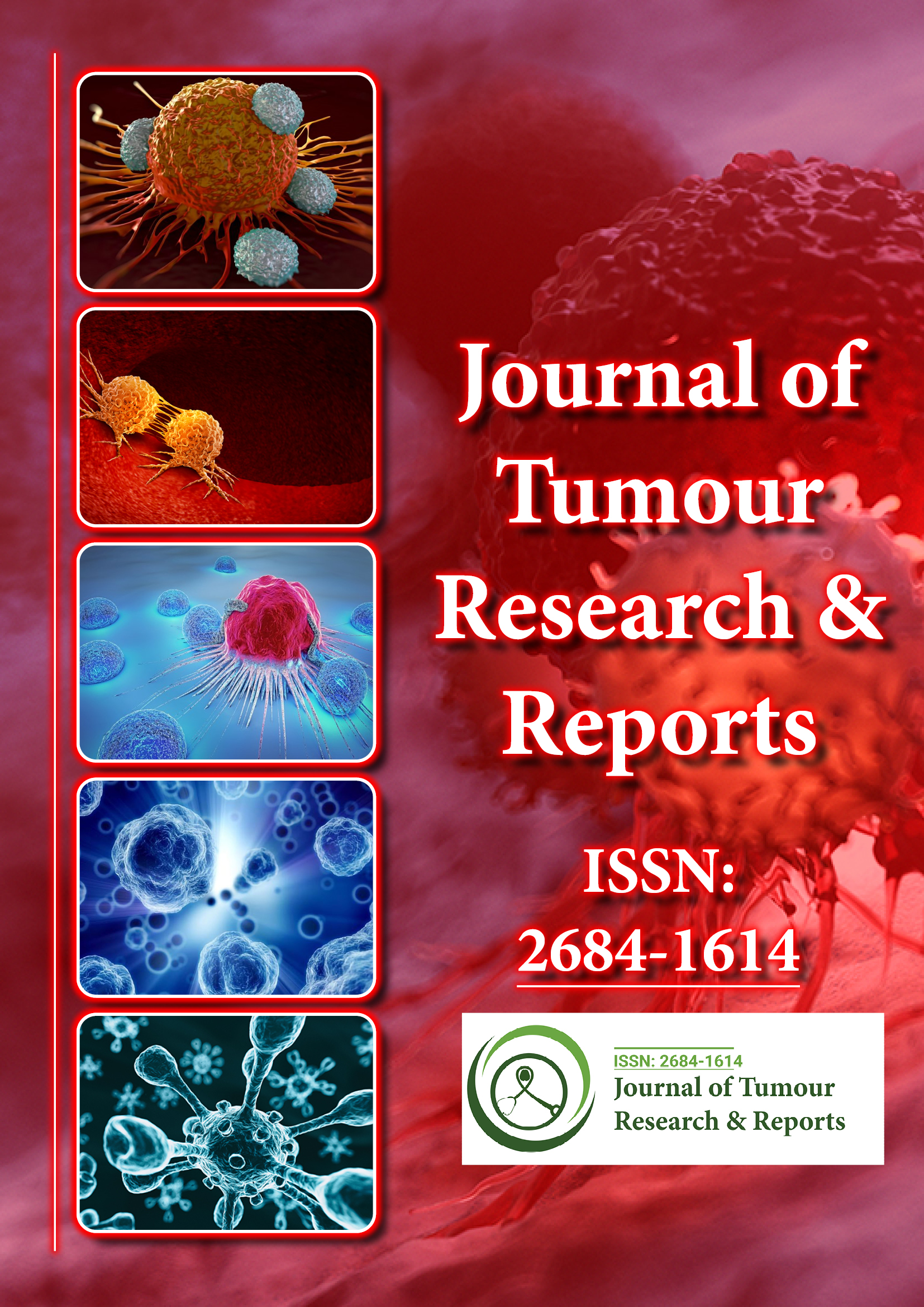Indexé dans
- RechercheRef
- Université Hamdard
- EBSCO AZ
- Google Scholar
Liens utiles
Partager cette page
Dépliant de journal

Revues en libre accès
- Agriculture et aquaculture
- Alimentation et nutrition
- Biochimie
- Bioinformatique et biologie des systèmes
- Business & Management
- Chimie
- Génétique et biologie moléculaire
- Immunologie & Microbiologie
- Ingénierie
- La science des matériaux
- Neurosciences & Psychologie
- Science générale
- Sciences cliniques
- Sciences environnementales
- Sciences médicales
- Sciences pharmaceutiques
- Sciences vétérinaires
- Soins infirmiers et soins de santé
Abstrait
The Effect of Oleoropine on the Expression of the DNA of Methyl transferase (DNMT) in the Pancreatic Cancer
Amirhossein Alimohammadian* and Negin Maleki
Malignancy is referred to today as a reason for mortality in cutting edge and immature nations. Numerous examinations point to the constructive outcome of olives as an unsaturated lipid against malignancy, which is additionally part of the Mediterranean eating routine. The phenolic mixes of olive oil, which have numerous restorative properties, incorporate mitigating hostile to an oxidant, against atherogenic against disease, against ischemic, lipid, antimicrobial and hostile to viral properties. Oleuropein comprises of hydroxytyrosol (3,4′- dihydroxyphenylethanol), elenolic corrosive, and glucose. The Memeli assortment of olive tree leaves was picked haphazardly from a similar tree developed in Zanjan (Iran). Oleuropein is a phenolic secoiridoid glycoside and a standout amongst the most plenteous bioactive segments contained in Olea europaea, which is known to balance a few oncogenic flagging pathways. Through the research, it is concluded oleuropein may have an anti-metabolic impact on malignancy, and the impact of anti-metastatic on the system of TIMP expansion and concealment of MMP quality articulation has been appeared to have a huge impact on keeping the disease in a steady state and keeping the defilement of close-by cells. There is solid proof from cell models which shows that olive polyphenols, and explicitly the blend found in olive leaf, can balance and cooperate with atomic pathways and in doing as such may restrain the movement and improvement of malignant growth.